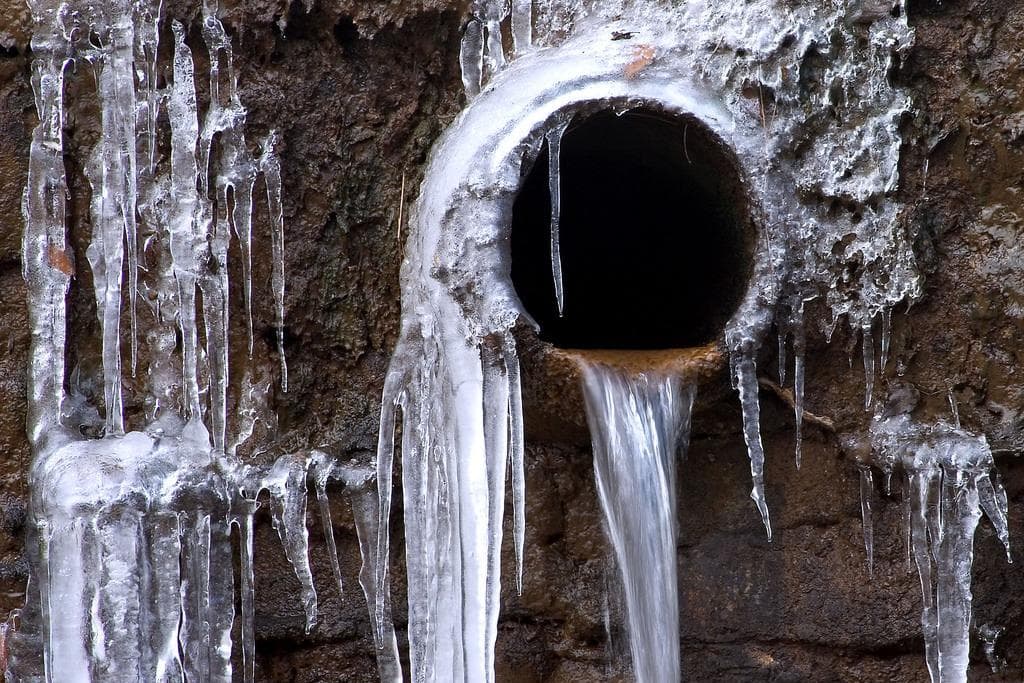On this page down the page you will find additional superb resources about Winter Plumbing Precautions: Preventing Frozen Pipes.

Cold weather can ruin your plumbing, specifically by freezing pipes. Below's how to stop it from happening and what to do if it does.
Intro
As temperatures decrease, the threat of frozen pipelines rises, potentially causing costly repair work and water damages. Recognizing how to avoid icy pipelines is essential for house owners in cool environments.
Prevention Tips
Shielding susceptible pipelines
Wrap pipes in insulation sleeves or utilize warm tape to shield them from freezing temperature levels. Concentrate on pipes in unheated or external locations of the home.
Heating methods
Maintain indoor spaces adequately warmed, particularly areas with plumbing. Open up closet doors to enable cozy air to distribute around pipes under sinks.
Exactly how to recognize frozen pipelines
Seek decreased water circulation from taps, unusual smells or sounds from pipelines, and visible frost on subjected pipelines.
Long-Term Solutions
Architectural changes
Consider rerouting pipes far from outside wall surfaces or unheated locations. Add extra insulation to attics, basements, and crawl spaces.
Upgrading insulation
Invest in top notch insulation for pipelines, attic rooms, and walls. Appropriate insulation assists preserve constant temperatures and minimizes the danger of frozen pipes.
Securing Outside Plumbing
Garden hoses and outdoor taps
Separate and drain pipes garden hoses before winter months. Set up frost-proof faucets or cover outside faucets with protected caps.
Comprehending Frozen Pipes
What triggers pipes to ice up?
Pipes freeze when revealed to temperatures listed below 32 ° F (0 ° C) for prolonged periods. As water inside the pipes ices up, it increases, taxing the pipe wall surfaces and possibly causing them to break.
Risks and damages
Icy pipelines can cause water system interruptions, residential property damage, and expensive fixings. Ruptured pipes can flooding homes and create comprehensive structural damages.
Indicators of Frozen Water Lines
Identifying frozen pipes early can avoid them from breaking.
What to Do If Your Pipelines Freeze
Immediate actions to take
If you believe frozen pipelines, keep taps available to alleviate stress as the ice melts. Utilize a hairdryer or towels soaked in warm water to thaw pipelines slowly.
Verdict
Avoiding icy pipes needs aggressive steps and fast feedbacks. By comprehending the reasons, indicators, and preventive measures, house owners can shield their plumbing during cold weather.
6 Proven Ways to Prevent Frozen Pipes and Protect Your Home
Disconnect and Drain Garden Hoses
Before winter arrives, start by disconnecting your garden hoses and draining any remaining water. Close the shut-off valves that supply outdoor hose bibs and leave the outdoor faucet open to allow any residual water to drain. For extra protection, consider using faucet covers throughout the colder months. It’s also important to drain water from any sprinkler supply lines following the manufacturer’s directions.
Insulate Exposed Pipes
Insulating your pipes is an effective way to prevent freezing. Pipe insulation is readily available at home improvement stores and is relatively inexpensive. Pay close attention to pipes in unheated areas such as the attic, basement, crawl spaces, or garage. Apply foam insulation generously to create a buffer against the cold. You can also wrap your pipes in heat tape or thermostat-controlled heat cables for added warmth.
Seal Air Leaks
Inspect your home for any cracks or openings that could let in cold air. Seal any holes around the piping in interior or exterior walls, as well as the sill plates where your home rests on its foundation. Additionally, make sure to keep your garage door closed unless you’re entering or exiting. Leaving it open creates a significant air leak that can lead to frozen pipes.
Allow Warm Air Circulation
During cold snaps, it’s essential to allow warm air to circulate evenly throughout your home. Leave interior doors ajar to promote better airflow. Open kitchen and bathroom cabinets to help distribute heat consistently around the rooms. If you have small children or pets, be sure to remove any household chemicals or potentially harmful cleaners from open cabinets for safety.
Let Faucets Drip
A small trickle of water can make a big difference in preventing ice formation inside your pipes. When temperatures drop significantly, start a drip of water from all faucets served by exposed pipes. This continuous flow helps prevent the water from freezing. Additionally, running a few faucets slightly can relieve pressure inside the pipes, reducing the chances of a rupture if the water inside does freeze.
https://choateshvac.com/6-proven-ways-to-prevent-frozen-pipes-and-protect-your-home/

We are very involved in Helpful Tips to Prevent Frozen Pipes this Winter and I am hoping you enjoyed our blog post. Sharing is nice. Helping people is fun. Thank-you for going through it.
Click Here